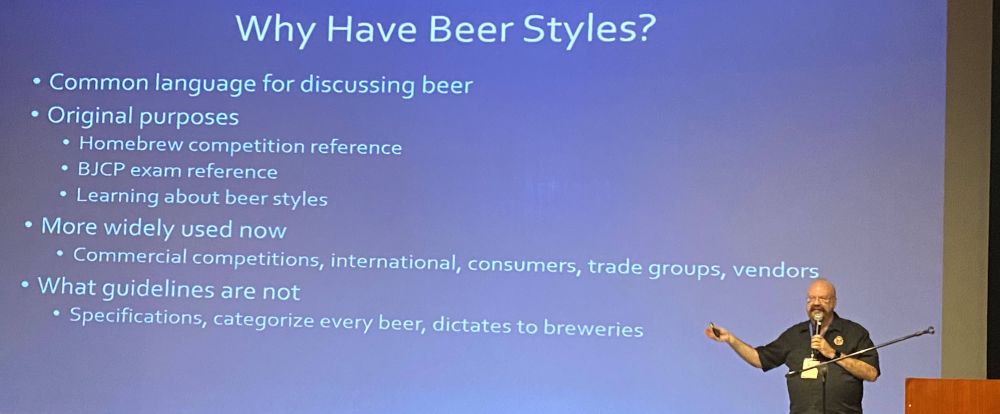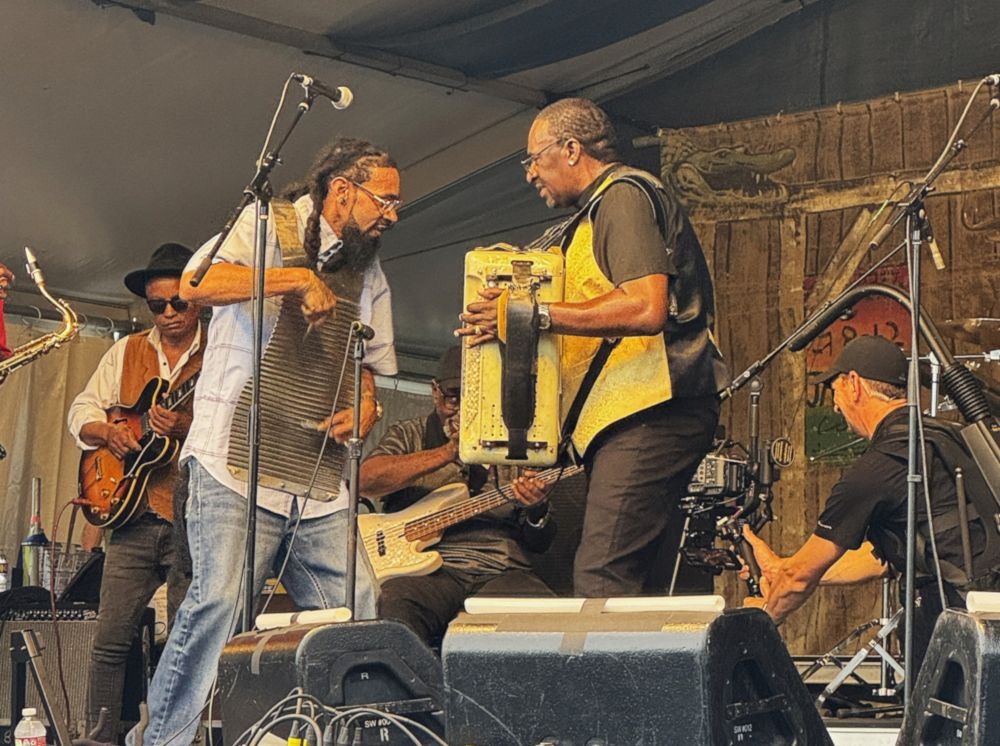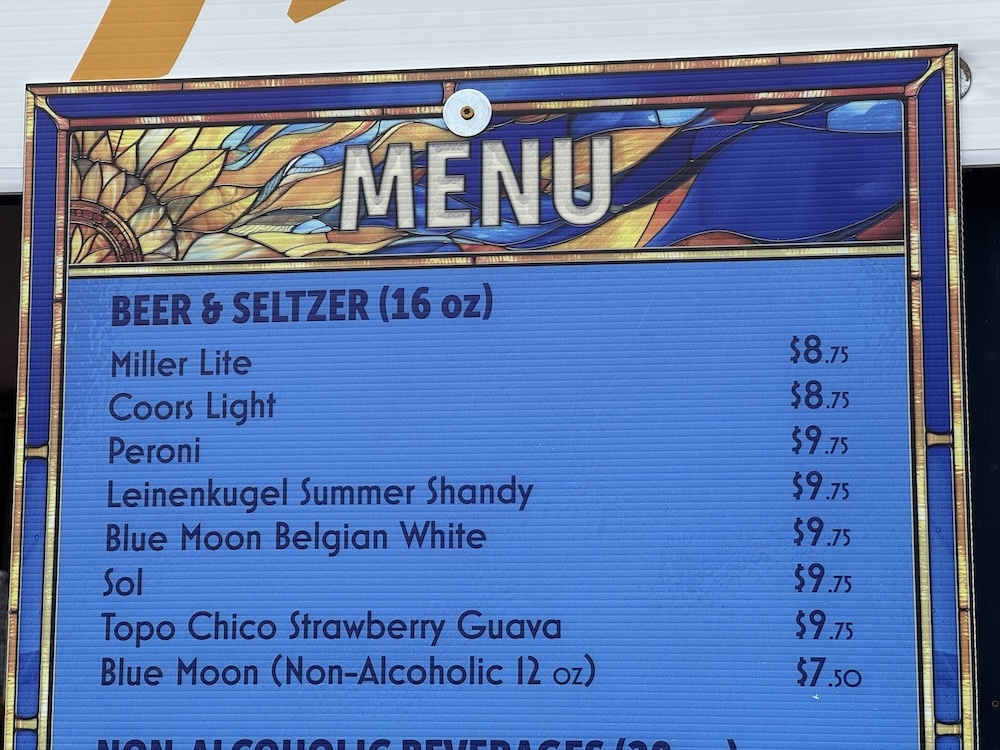It is Memorial Day in America, so get outdoors, drink a beer if you want. If you missed these posts last week, read them Tuesday.
QUOTE OF THE WEEK
“Me, if I have a SNPA (Sierra Nevada Pale Ale) in front of me, I am really only concerned with the taste of the thing in front of me, not whether it has hit the bullseye on the shifting dart board of style.”
— Alan McLeod
From Your Beery News Notes For The Start Of The Last Month Of Spring. Context follows.
and
Is Sierra Nevada Pale Ale an ESB?
Alan McLeod’s quote comes from his reaction to these stories about Sierra Nevada Pale Ale winning gold medal in the ESB category at the World Beer Cup. I cited it at Bluesky, adding, “Let these be the last of many words.” So even though I have thoughts, I will honor what I wrote. Instead, consider this photo from a conference in Ecuador in 2022. Here, Gordon Strong, president emeritus of the Beer Judge Certification Program, answers the question, “Why beer styles?” Be sure to notice what guidelines are not.

YOU MIGHT ALSO ENJOY




 The other is the promotion designed to
The other is the promotion designed to